Carpets are a key part of home aesthetics and comfort, but over time, they are subject to various types of damage. Whether you’re a homeowner looking to maintain your flooring, a renter trying to preserve your deposit, or a professional cleaner aiming to educate clients, understanding the different types of carpet damage is crucial.
Carpets not only contribute to the visual appeal of a home, but they also provide insulation, reduce noise, and enhance comfort. However, without proper care, carpets can quickly deteriorate—leading to costly repairs or replacements.
In this comprehensive guide, we’ll explore the main types of carpet damage, what causes them, how to prevent them, and how they can be repaired or mitigated. By the end, you’ll have a full toolkit of practical tips, expert insights, and actionable advice to keep your carpets looking great and functioning well for years to come.
1. Wear and Tear
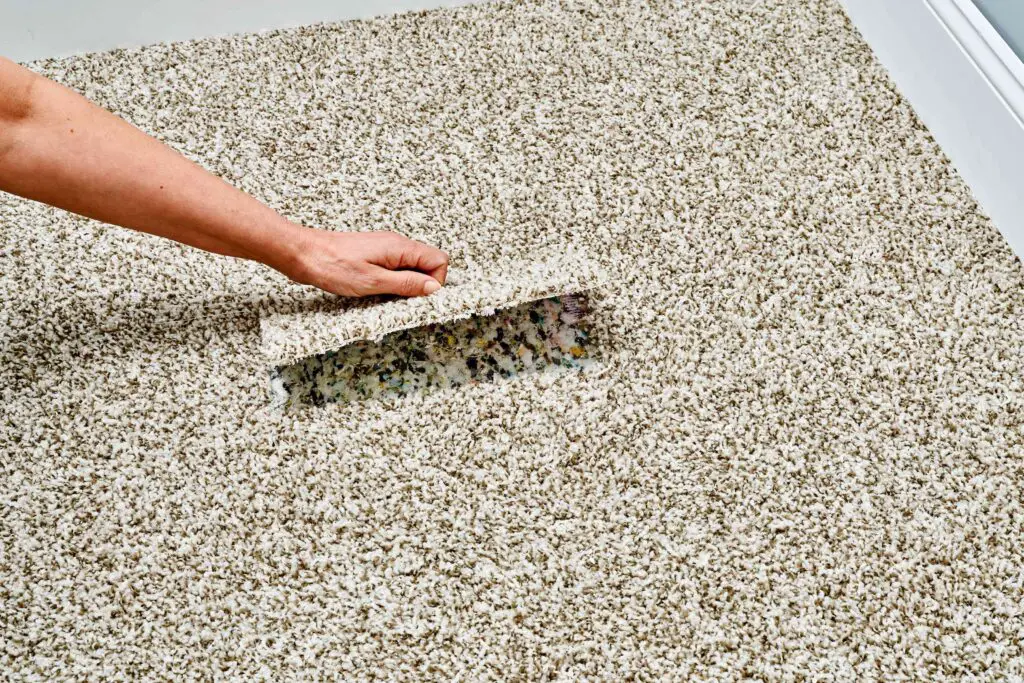
What It Is: General deterioration from foot traffic over time. Common in hallways, entryways, and living rooms.
Causes:
- High foot traffic
- Lack of regular maintenance
- Poor carpet quality
Prevention & Repair:
- Use area rugs and runners
- Rotate furniture regularly
- Professional deep cleaning every 12–18 months
- Patching or stretching may restore appearance in mild cases
2. Stains and Spills
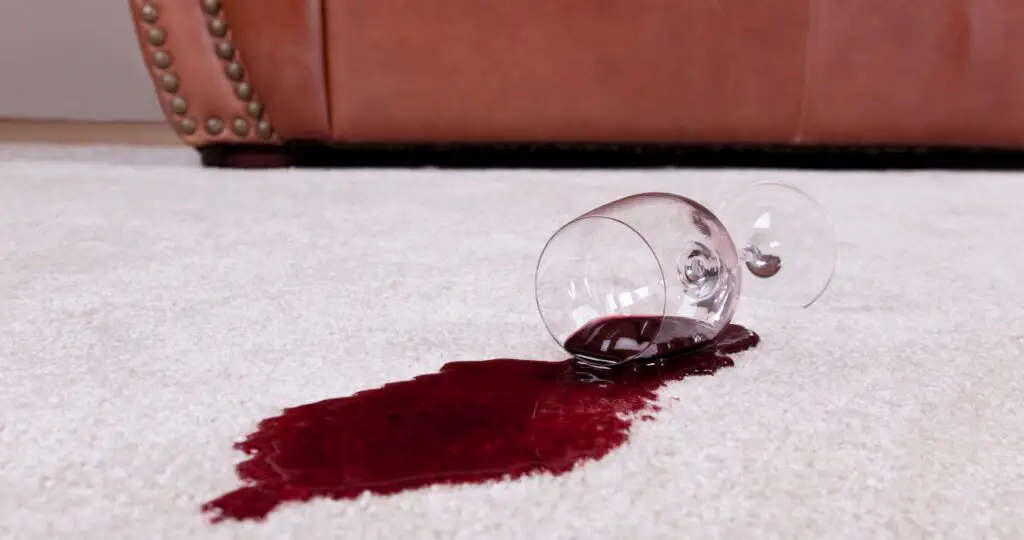
What It Is: Discoloration due to spills from liquids like wine, coffee, or ink.
Common Staining Agents:
- Food and beverages
- Ink, dye, or paint
- Bodily fluids
Prevention & Repair:
- Act quickly with blotting
- Use stain-repellent treatments
- DIY or professional stain removal
- Steam cleaning for stubborn stains
3. Water Damage
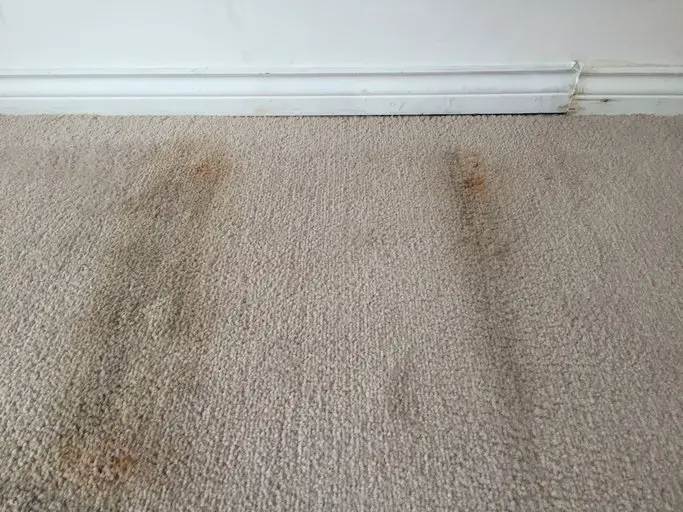
What It Is: Damage from excess moisture, often resulting in mold, mildew, and odor.
Causes:
- Plumbing leaks
- Flooding
- Spills not properly dried
Prevention & Repair:
- Use dehumidifiers in damp areas
- Clean and dry carpets promptly
- Replace padding if soaked
- In severe cases, full carpet replacement may be necessary
For detailed information on water damage restoration, read this EPA guide on flood cleanup.
4. Sunlight and Fading
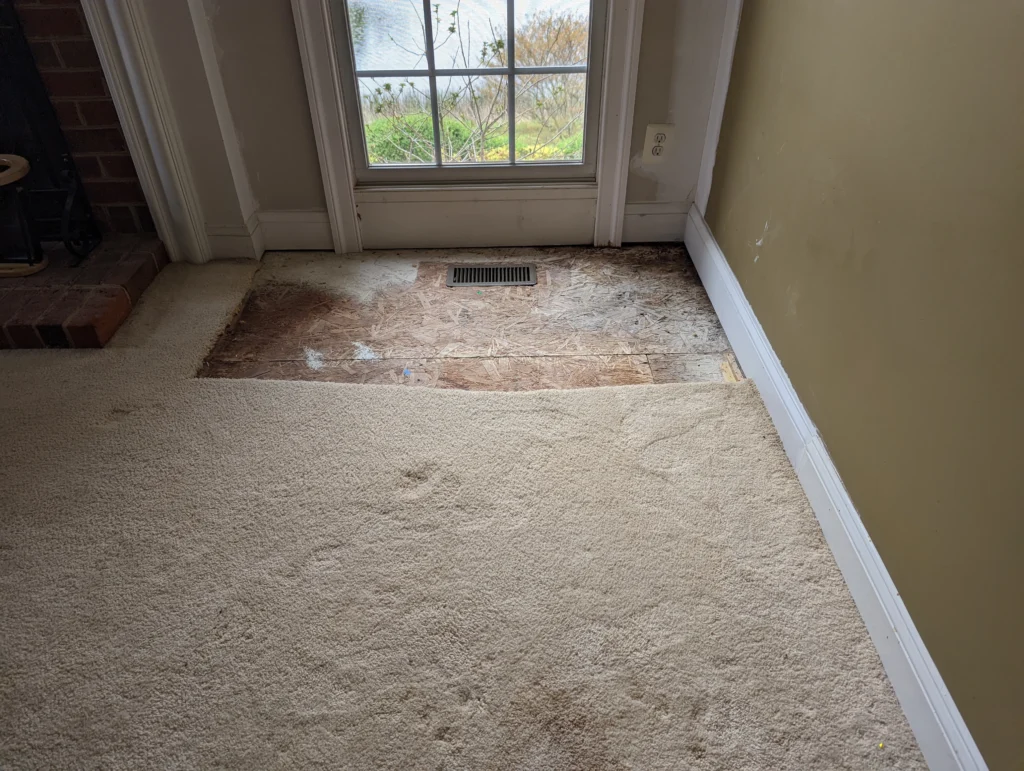
What It Is: Color fading due to prolonged exposure to UV rays.
Prevention & Repair:
- Use curtains or UV-blocking window film
- Rotate furniture and rugs
- Rearranging carpet to even out wear
- Dye restoration may work in some cases
5. Burns and Melt Marks
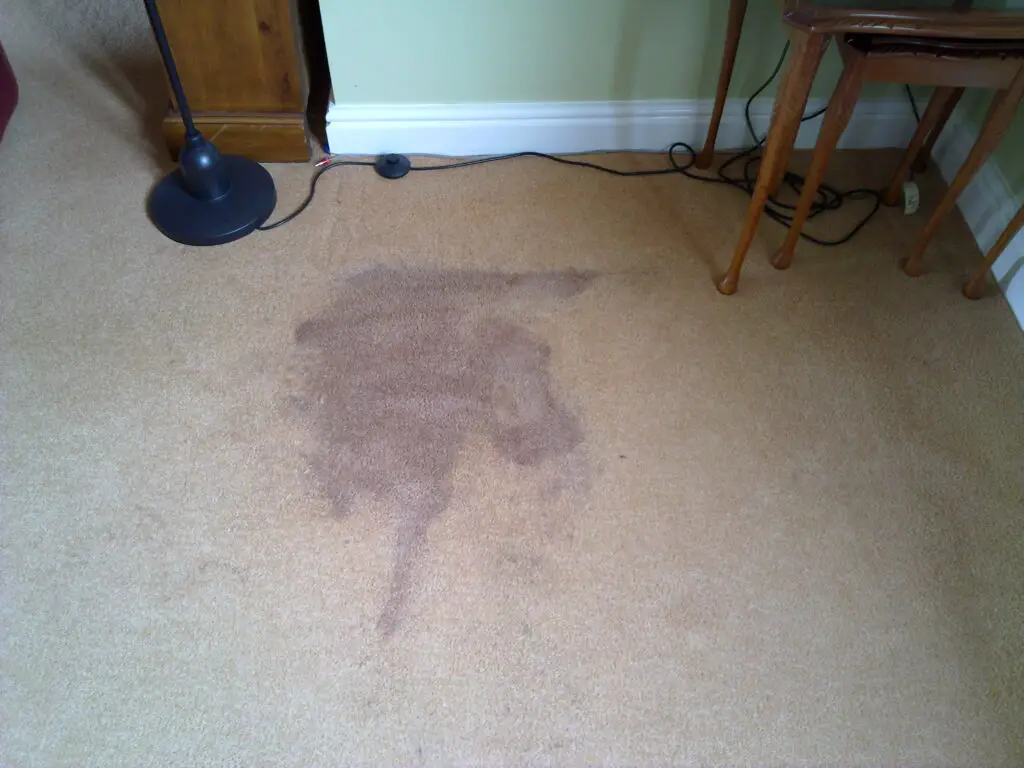
What It Is: Damage from heat sources like cigarettes, irons, or curling wands.
Prevention & Repair:
- Avoid placing hot items on carpet
- Supervise use of heated appliances
- Small burns can be patched
- Fiber replacement techniques available
6. Pet Damage
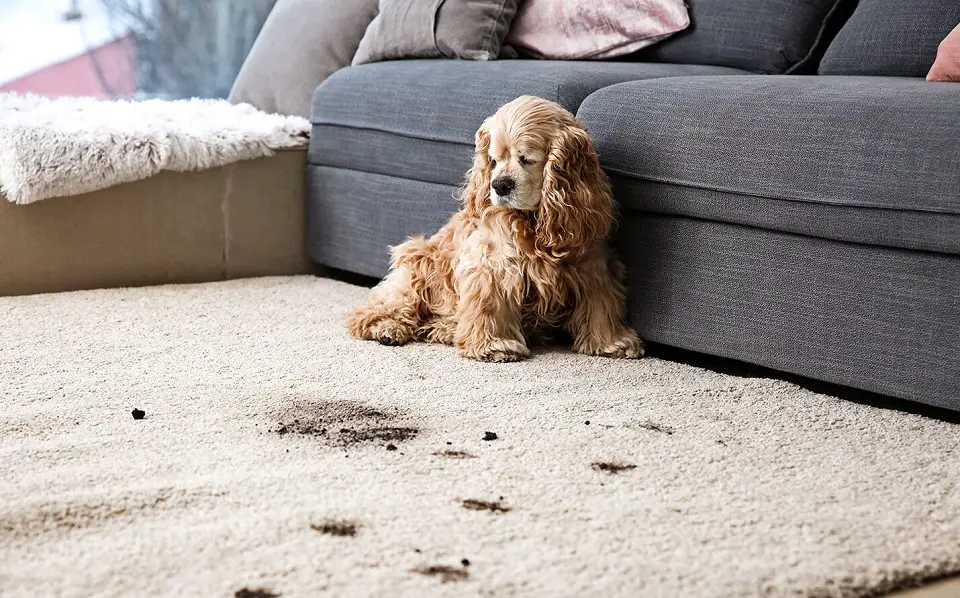
What It Is: Damage from claws, chewing, accidents, or hair build-up.
Prevention & Repair:
- Regular grooming and training
- Use pet repellents and deterrents
- Clean stains and odors immediately
- Repair options include patching and re-stretching
See our full guide on how to prevent pet damage on carpets.
7. Mold and Mildew
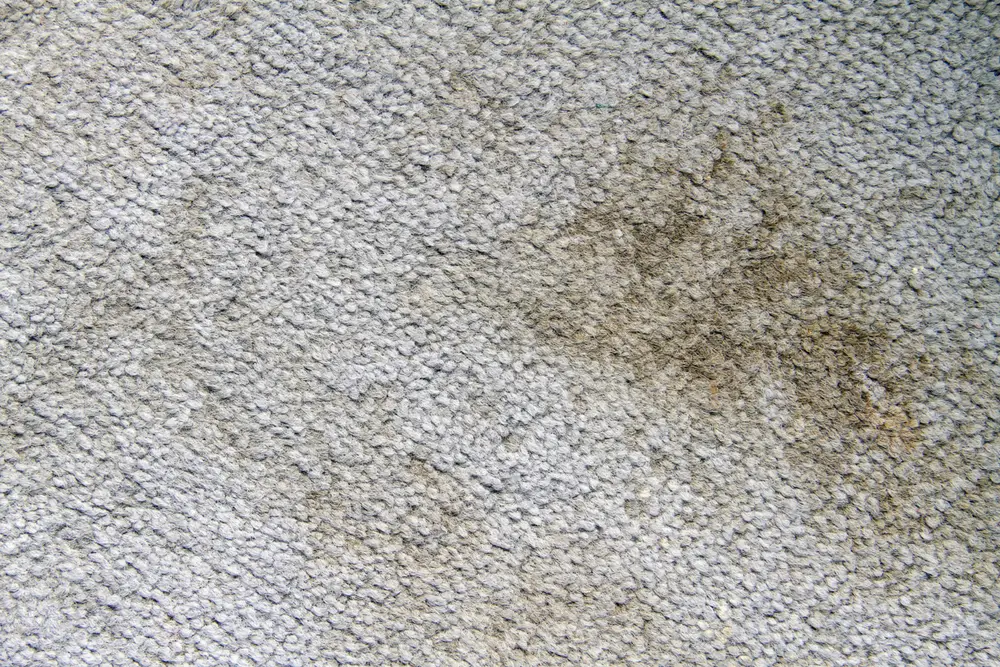
What It Is: Fungal growth under or within the carpet due to moisture.
Risks:
- Health hazards (especially for those with allergies)
- Structural damage
Prevention & Repair:
- Maintain low humidity levels
- Use waterproof padding
- Professional mold remediation
- Full carpet and padding replacement may be required
To understand the health risks associated with mold, consult the CDC’s mold resource center.
8. Furniture Indentations

What It Is: Compressed carpet fibers from heavy furniture.
Prevention & Repair:
- Use furniture coasters or pads
- Rearrange furniture periodically
- Steam cleaning and brushing can lift fibers
- Ice cube method: Let cube melt and fluff with fork
For common delamination issues, visit our article on why carpets separate.
9. Carpet Delamination

What It Is: Separation of the carpet’s primary and secondary backings.
Causes:
- Water damage
- Manufacturing defects
- Improper cleaning techniques
Prevention & Repair:
- Avoid overwetting during cleaning
- Use high-quality carpet adhesives
- In most cases, replacement is the only option
10. Fraying and Unraveling
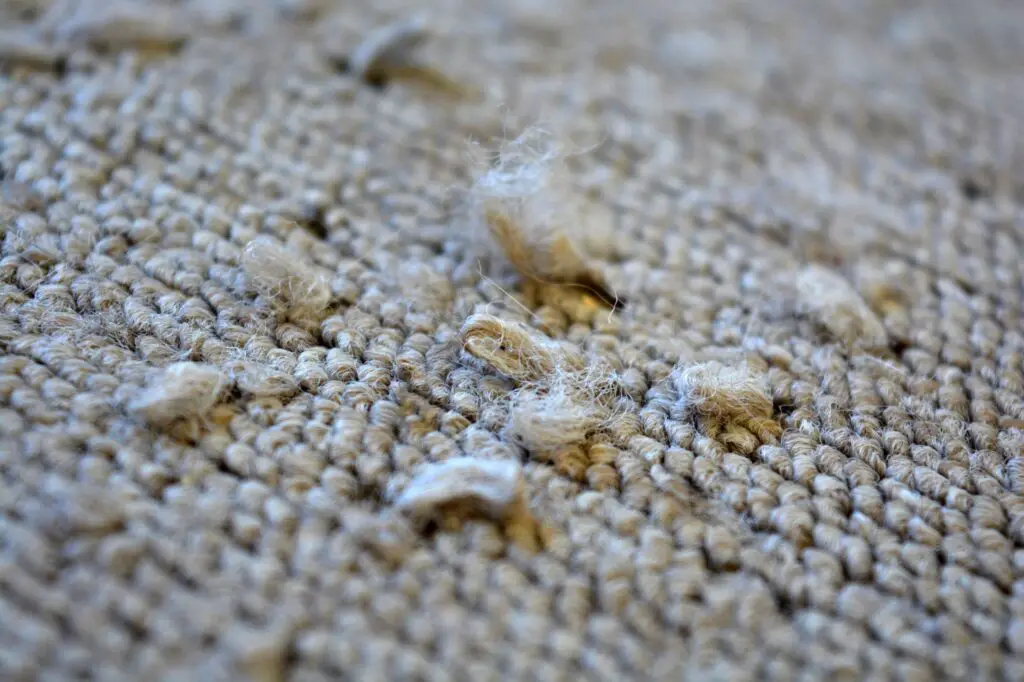
What It Is: Loose fibers at carpet edges or seams.
Causes:
- Poor installation
- Frequent vacuuming with aggressive beater bars
- Pet scratching
Prevention & Repair:
- Use carpet edge binding or transition strips
- Trim loose fibers carefully
- Re-seaming by professionals
11. Wrinkles and Buckling

What It Is: Ripples or waves in carpet from improper installation or humidity.
Causes:
- Poor installation
- Excessive moisture
- Dragging heavy furniture
Prevention & Repair:
- Hire certified installers
- Use carpet stretchers for reinstallation
- Control indoor humidity levels
12. Insect Infestation
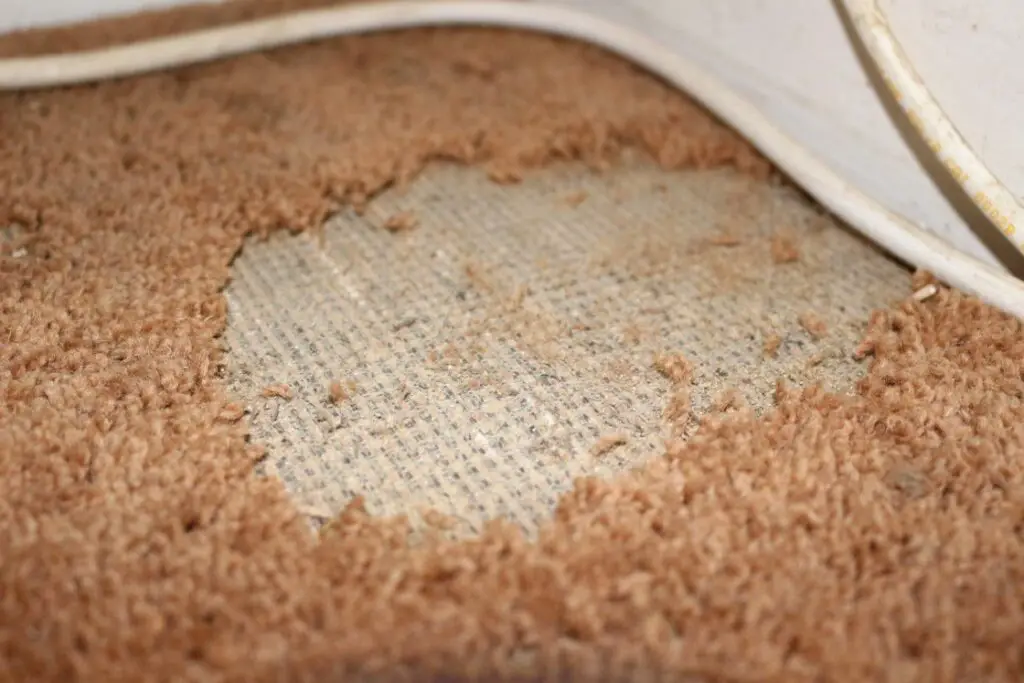
What It Is: Carpet beetles, moths, or fleas damaging fibers.
Signs:
- Bald patches
- Tiny bugs or larvae in carpet
- Shed skins or droppings
Prevention & Repair:
- Regular vacuuming
- Store natural fiber rugs carefully
- Use insecticides or consult pest control
- Severely infested carpet may need replacement
Preventive Maintenance Tips
- Vacuum regularly (at least twice a week)
- Use doormats at entrances
- Address spills immediately (Stain Removal Tips)
- Professional cleaning annually (Professional Cleaning Services)
- Rotate rugs and furniture
- Use UV window protection (UV Damage Prevention)
- Choose stain-resistant carpet materials
- Avoid walking on carpets with outdoor shoes
- Trim pet nails frequently
- Keep indoor humidity balanced (Dehumidifier Buying Guide)
When to Repair vs. Replace
Repair If:
- Damage is minor and localized
- Carpet is less than 5 years old
- No underlying issues like mold
Replace If:
- Widespread damage
- Repeated repairs needed
- Health risks involved (e.g., mold, allergens)
- Carpet is old, matted, or outdated
Need help deciding? Check our article: Repair or Replace Carpet – Which is Better?
Frequently Asked Questions
What is the most common type of carpet damage?
The most common type is general wear and tear, especially in high-traffic areas like hallways and living rooms. Over time, foot traffic breaks down carpet fibers and padding, causing the carpet to look worn and dull. Learn more on carpet traffic zones.
Can carpet water damage be fixed without replacing the entire carpet?
Yes, if the water damage is addressed quickly, it may be possible to salvage the carpet by drying it thoroughly and replacing the padding underneath. However, if mold or mildew has developed, replacement may be necessary. Or check this FEMA guide to cleaning up after a flood.
How do I know if my carpet needs to be replaced instead of repaired?
You should consider replacing your carpet if the damage is widespread, it’s more than 8–10 years old, or there are health risks involved like mold or allergens. Repairs are best for localized, minor issues.
How can I prevent future carpet damage?
Prevent damage by vacuuming regularly, using area rugs, trimming pet nails, keeping humidity levels balanced, and addressing spills and stains immediately. Professional cleanings once a year also help maintain carpet health. For seasonal maintenance tips, read our fall carpet care checklist.
Final Thoughts
Knowing the various types of carpet damage and how to handle them empowers homeowners to extend the life and appearance of their flooring. From regular maintenance to strategic repairs, proactive care makes a major difference. Ignoring early signs of damage can lead to costlier issues down the line—not to mention health risks associated with mold, mildew, and pests.
Choosing the right carpet material, investing in quality installation, and staying consistent with care practices are all essential components of long-term carpet health. For landlords and property managers, this knowledge can also reduce tenant turnover and lower long-term renovation costs.
When in doubt, consult a certified carpet care professional or flooring specialist. Carpet Majesty offers free consultations to help you assess your carpet’s condition and the best course of action.

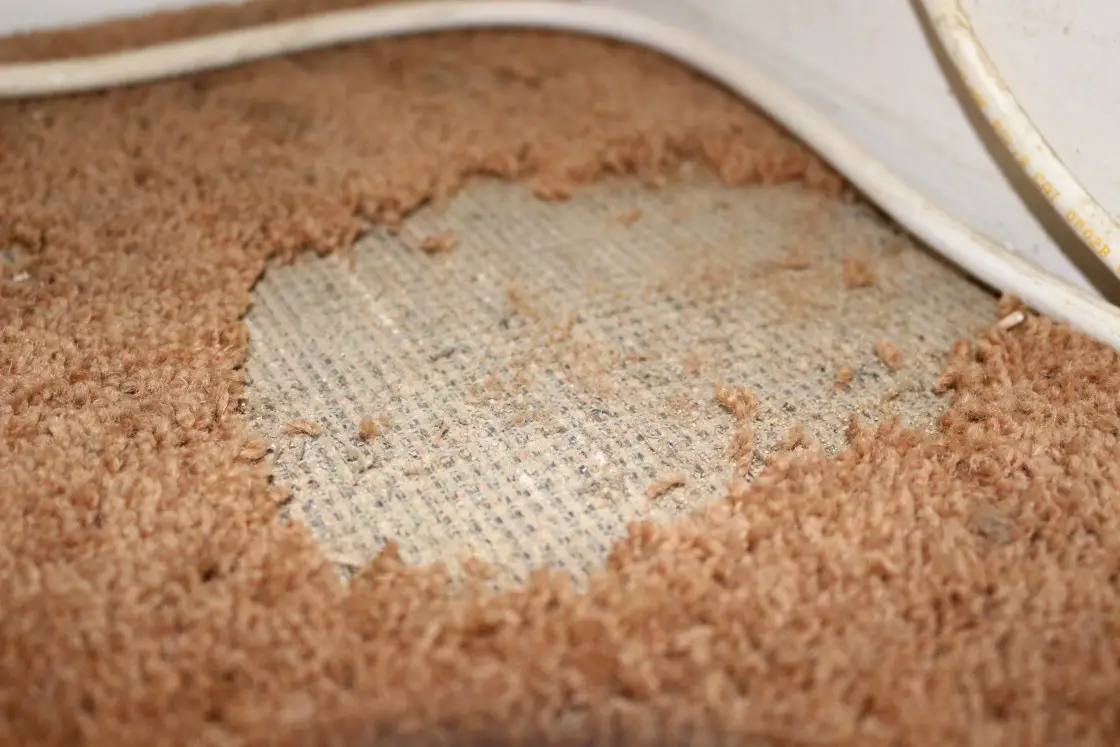
4 thoughts on “Types of Carpet Damage: A Complete Guide to Identification, Prevention & Repair”